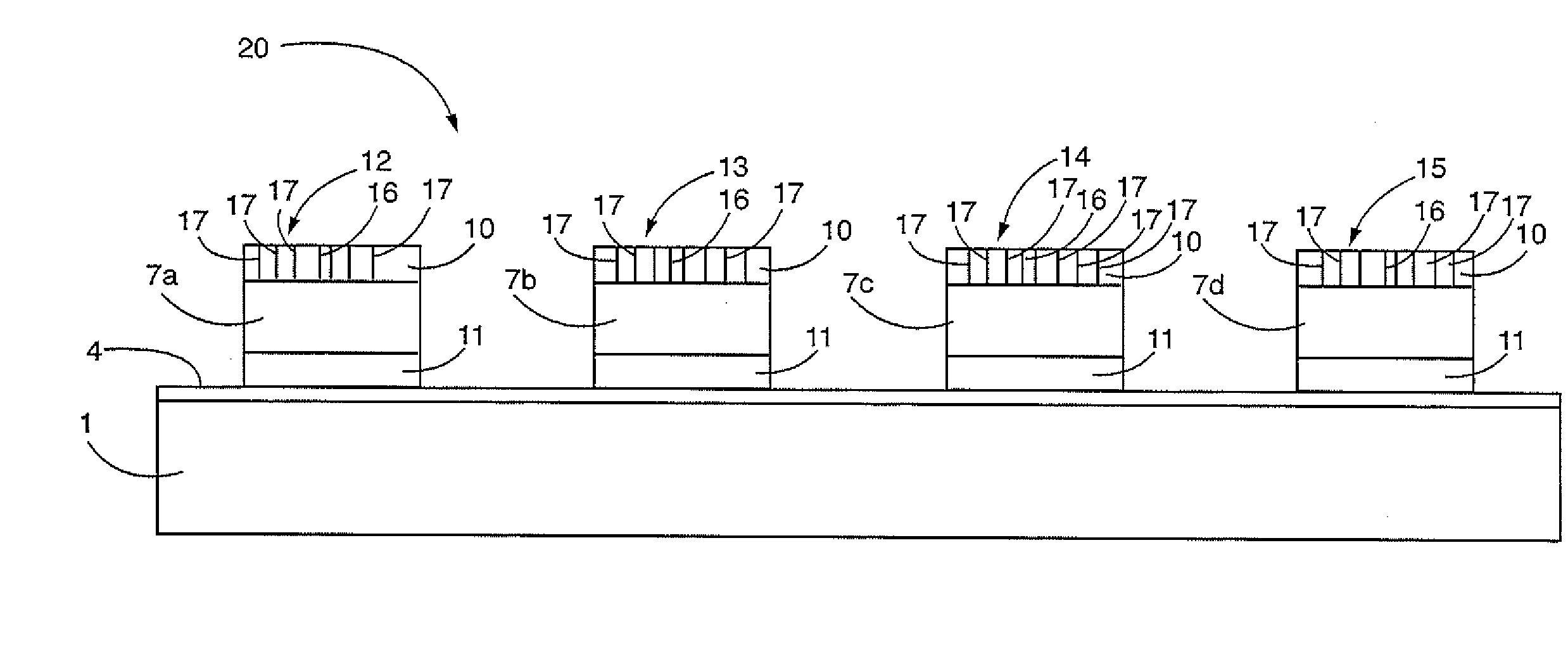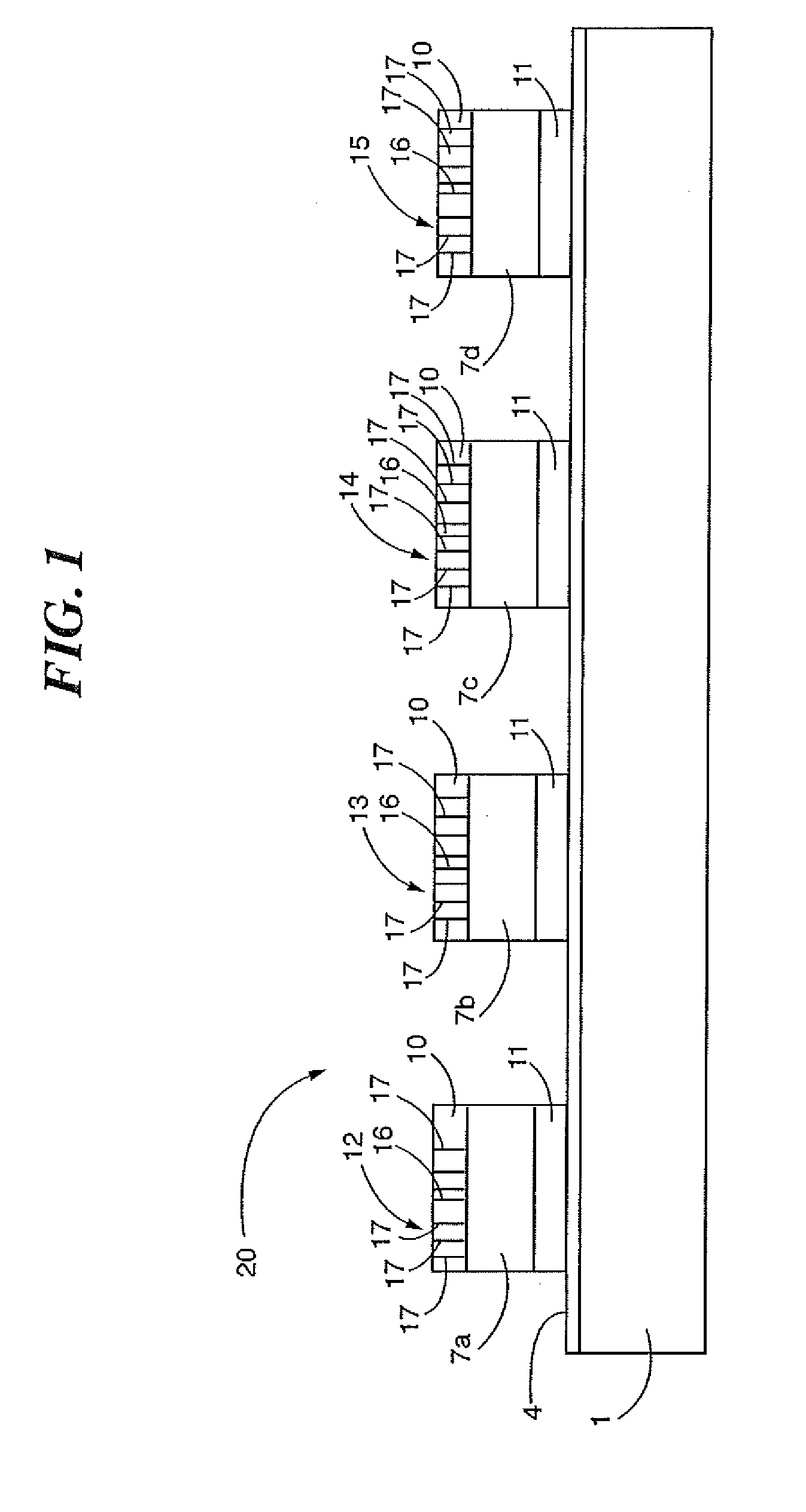System and method for detecting and measuring ethyl alcohol in the blood of a motorized vehicle driver transdermally and non-invasively in the presence of interferents
a technology of ethyl alcohol and motorized vehicles, which is applied in the field of system and method for detecting and measuring ethyl alcohol in the blood of a motorized vehicle driver transdermally and non-invasively in the presence of interferents, can solve the problems of 700 people being injured, drunk drivers killing, etc., and achieves quick, accurate and non-invasive determination of the actual bac level of the driver. , the effect of quick, accurate and non-invasiv
- Summary
- Abstract
- Description
- Claims
- Application Information
AI Technical Summary
Benefits of technology
Problems solved by technology
Method used
Image
Examples
Embodiment Construction
[0020]An in-vehicle alcohol detection system and method that uses the combination of a chemicapacitive sensor array, a pattern recognition library, and associated pattern recognition, analyte identification and interferent discrimination algorithms, to transdermally detect the presence of ethanol in a driver's blood, quickly, accurately, and non-invasively within minutes of initial ethanol consumption by the driver, and in the presence of interferents. The system then indicates to a Vehicle Decision Module the presence or absence of ethanol in the driver's blood, allowing the Vehicle Decision Module to make a decision on whether to allow or prevent the driver from operating the motorized vehicle.
[0021]Generally, the sensor array(s) used by the in-vehicle alcohol detection system are comprised of multiple sensors. At least two individual sensors within the array respond to an identical analyte in a different way. In one embodiment of the invention, the sensors are chemicapacitive sen...
PUM
| Property | Measurement | Unit |
|---|---|---|
| diameter | aaaaa | aaaaa |
| diameter | aaaaa | aaaaa |
| voltage | aaaaa | aaaaa |
Abstract
Description
Claims
Application Information
 Login to View More
Login to View More - R&D
- Intellectual Property
- Life Sciences
- Materials
- Tech Scout
- Unparalleled Data Quality
- Higher Quality Content
- 60% Fewer Hallucinations
Browse by: Latest US Patents, China's latest patents, Technical Efficacy Thesaurus, Application Domain, Technology Topic, Popular Technical Reports.
© 2025 PatSnap. All rights reserved.Legal|Privacy policy|Modern Slavery Act Transparency Statement|Sitemap|About US| Contact US: help@patsnap.com



